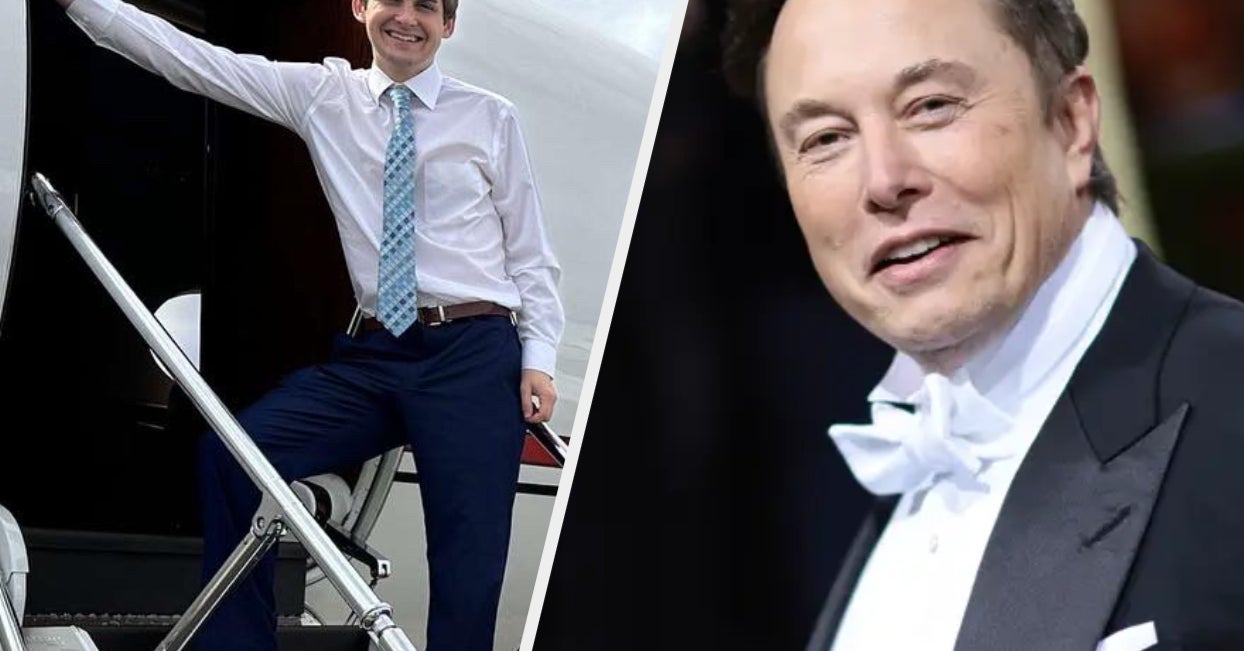The “commotion” Sweeney was referring to was his tweets in which he claimed that @ElonJet had been suppressed by Twitter’s moderation system as of Dec. 2. Sweeney posted a screenshot allegedly showing Ella Erwin, Twitter’s vice president of trust and safety, asking that team members “apply heavy VF [visibility filtering] to @elonjet immediately.”
BuzzFeed News was unable to authenticate the legitimacy of the screenshot Sweeney provided. The student claimed he was given it by an anonymous source via an untraceable burner email. Neither Musk nor Twitter’s press relations team, which reportedly no longer exists, immediately responded to a request for comment.
Sweeney knew he risked raising Musk’s ire by posting the purportedly leaked internal message. “From the beginning, he wanted me to disappear,” he said. (Musk earlier this year offered the student $5,000 to delete the account. Sweeney, who previously told Rolling Stone he set up the Twitter account because he was a fan of Musk’s, declined.)
The student titled his tweets on the supposed shadow ban his “Twitter Files” — the same thing Musk has been calling a series of Twitter threads, written by journalists of his choosing, on the internal workings of the company. “I’m sure that angered him,” Sweeney said. “But nonetheless, it’s still a surprise to many people after he publicly said he wouldn’t do it.”
@ElonJet’s creator said the account’s suspension showed the risk caused by a single, impulsive individual having total control of a social media platform. “It just shows that they can play the rules however they want to, really, for whoever they want,” he said.
He believed Twitter would try to excuse the ban as part of a broader crackdown on automated bot accounts, but he was surprised that the company didn’t give a reason for banning @ElonJet. “It could be really any number of things at this point, couldn’t it?” he said.
Later in the day, Musk offered his reasoning behind the suspensions (now official Twitter policy).

